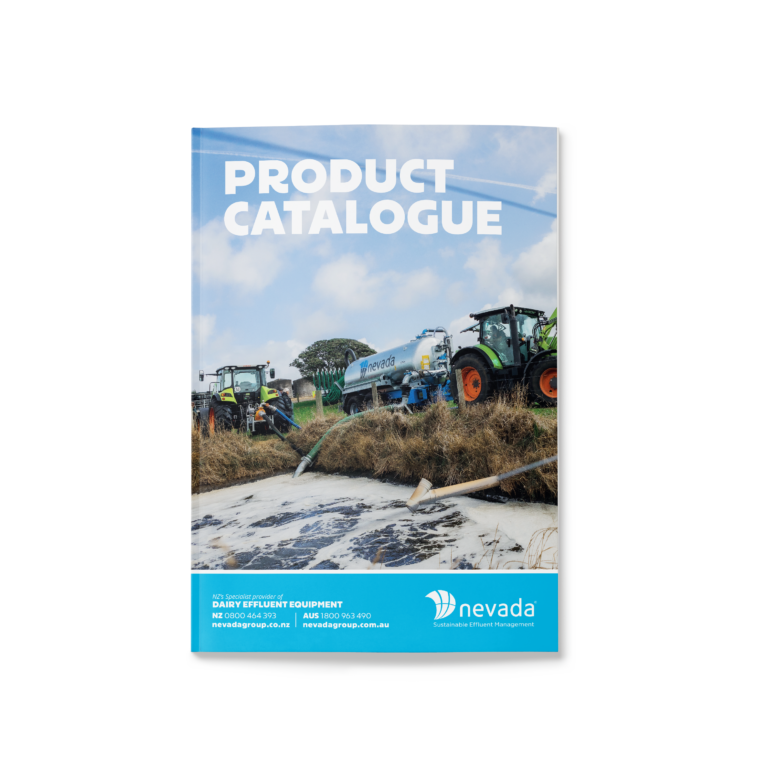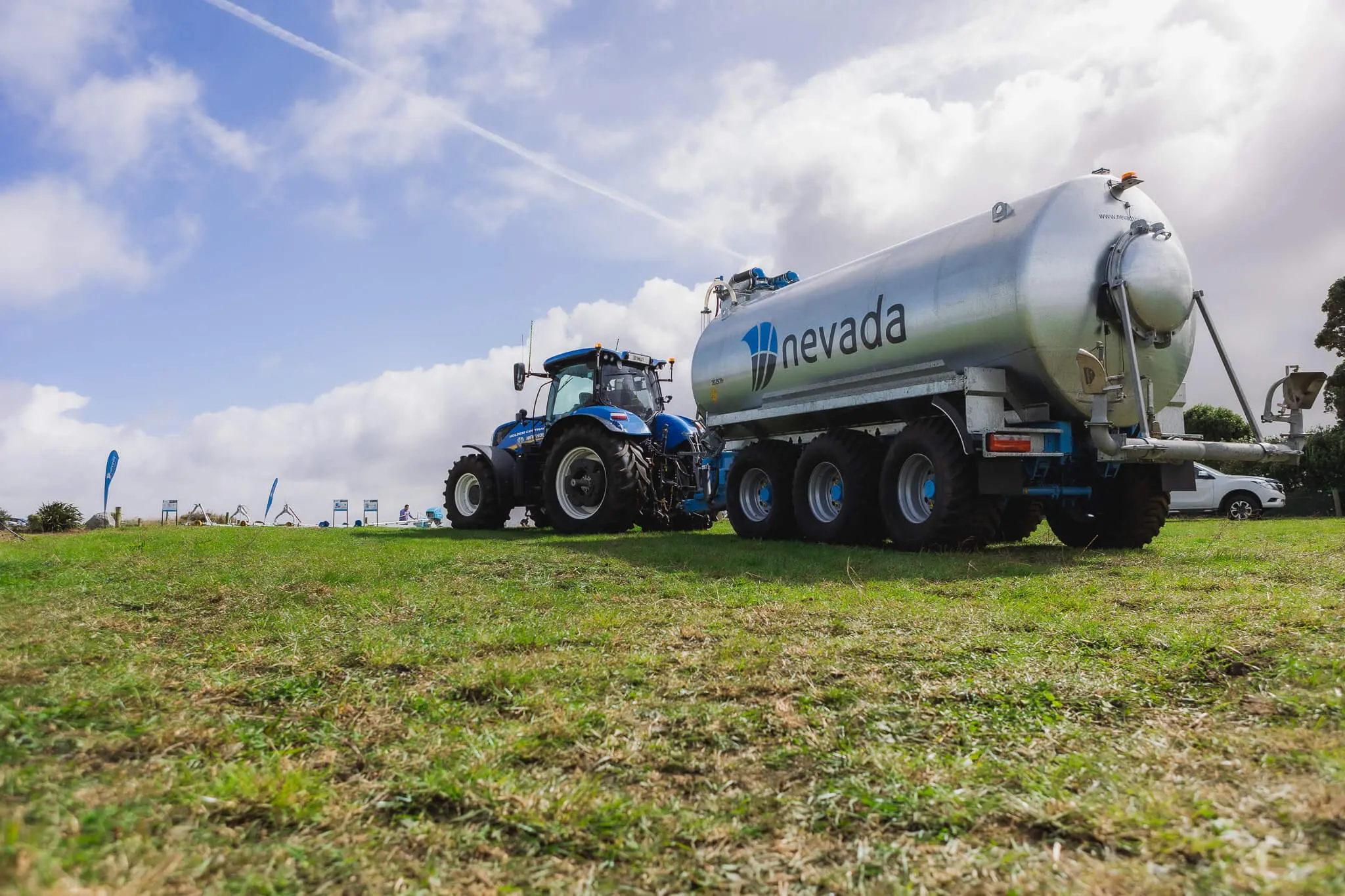- Sustainable Effluent Management
A PTO Pump system works efficiently, but operates at a fixed position. Where is Slurry tankers are the most flexible approach to effluent management. A slurry tanker is an all-in-one system that functions as a pump, piping system and irrigator. Depending on your equipment needs, different attachments can be sorted to match paddock size and shape. Slurry tankers are a reliable option for the majority of the year and are suitable to match council compliance.
It can take an hour to manage three to four loads, equating to up to 80,000 litres of effluent, depending on your size of tanker. With the ability to pick it up anytime without any major setup, it can easily be accomplished between milkings or during the evening. It also comes with the added ability to suck a higher thickness of slurry, allowing you to clean out covered barns, HerdHomes® or feedpads without the need to add additional liquid to be able to pump it.
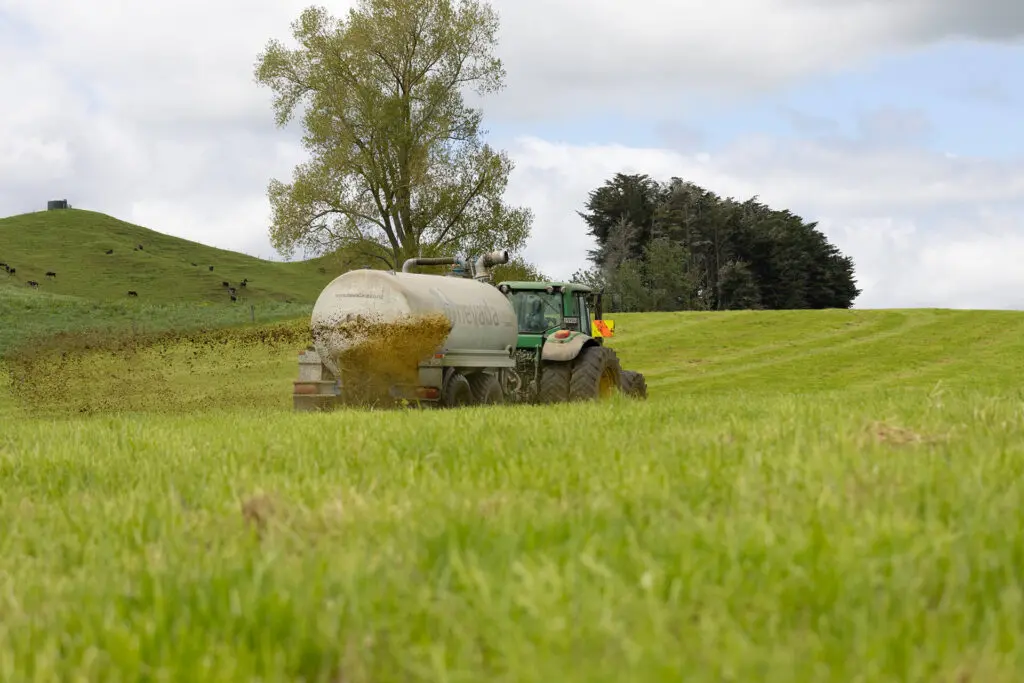
Historically slurry tankers may have caused a little damage to paddocks because of their small tyres. This is not the case nowadays, as the Nevada slurry tankers are fitted with steering axles and large floatation tyres providing excellent weight distribution and minimal scuffing, making it a safe solution to use on your paddocks without pasture damage concerns.
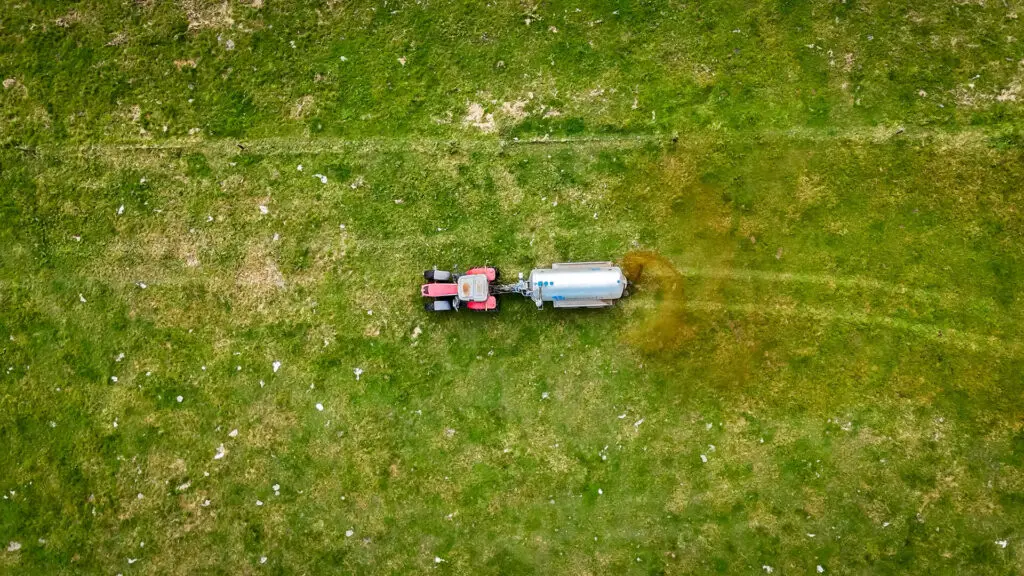
A PTO Pump system works efficiently, but operates at a fixed position. The setup is reliant on the amount/length of pipe laid out and still requires regular monitoring while it is running. If a PTO pump utilises a mainline piping system that connects with a travelling irrigator, then it will need a farm worker to setup and put into place who can check on it in between other tasks.
Setup can take up to an hour with the ability to keep the system on for up to three hours, allowing for adequate spreading across paddocks. If you are limited to the paddocks you can pump to, you may run across the issue of not being able to irrigate effluent if the paddocks are ready for grazing and there is not another solution available.
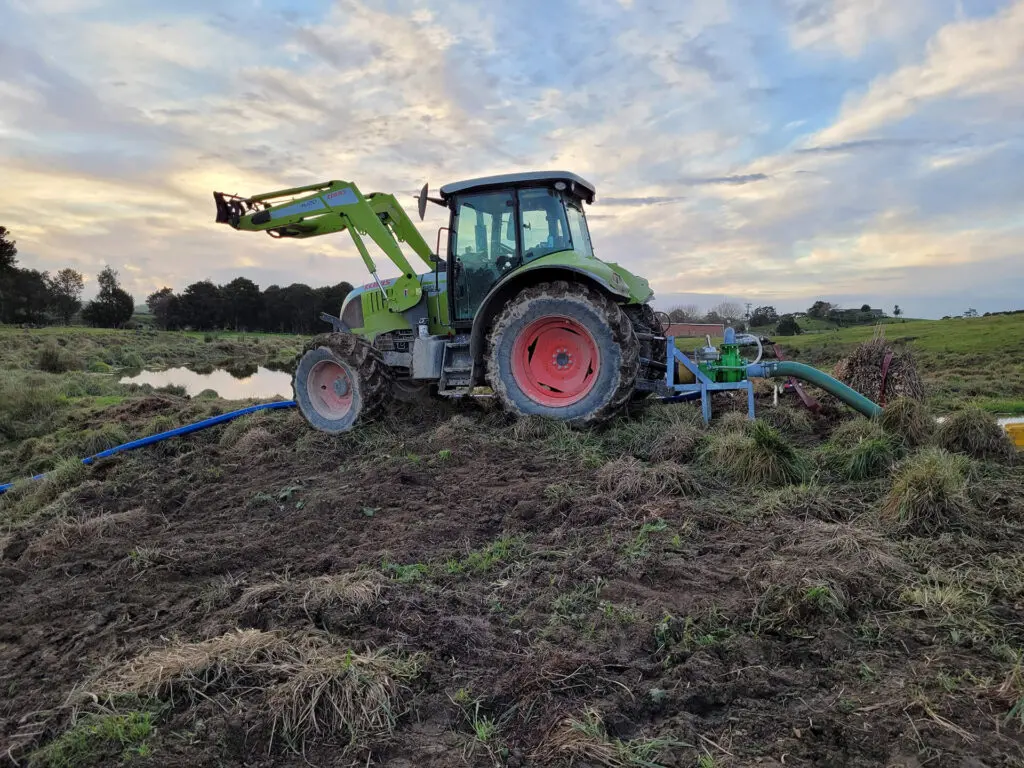
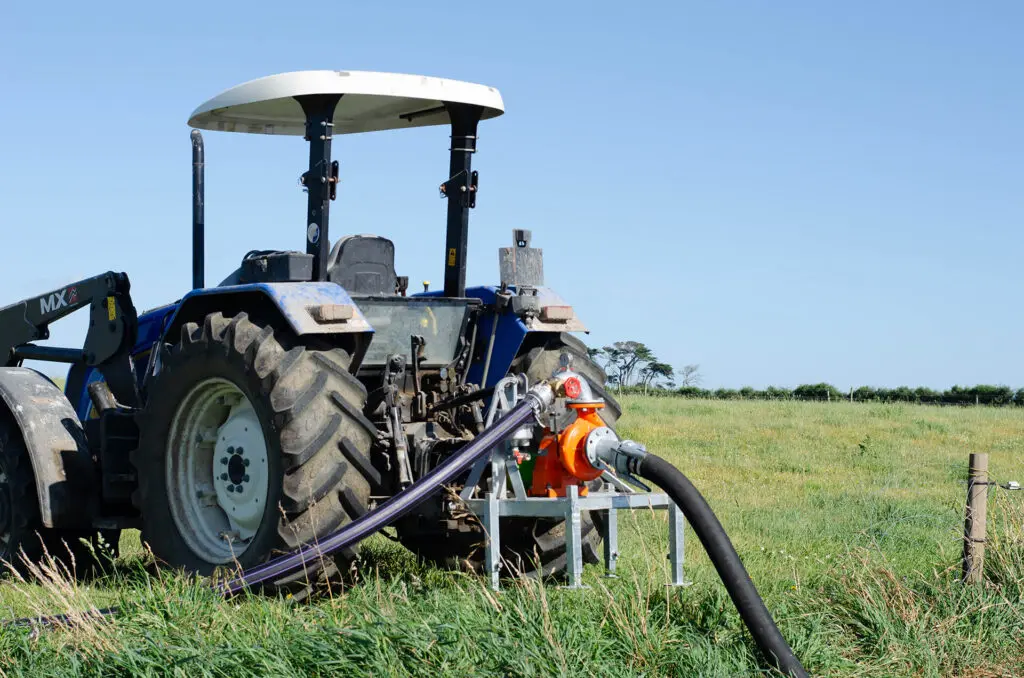
For approximately one hour of labour, a PTO pump system can handle up to 80,000 litres of effluent, but it will need to be packed back up again or for a travelling irrigator to be positioned in the next paddock. A PTO pump system is able to save time on daily operations, as well is a suitable supplemental option during the wet months of the year.
The simple answer is, it depends! Both systems offer efficiency, but it can depend on the size of your farm, the shape of the paddocks, and the type of system that suits the needs of your operations. A slurry tanker is a great option for the majority of the year as you can irrigate onto virtually every paddock of your farm. A PTO pump system takes longer to get setup but can be irrigating for an hour or two without the need of human input.
We know that every situation is different, and we want to ultimately deliver the best personalised advice for your farming situation. Have a chat with our team to discuss the specifics of your farm and what the best kind of setup is for your dairy effluent management.
"*" indicates required fields
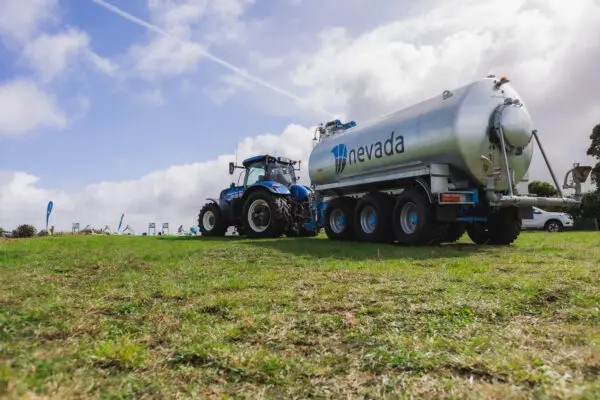
"*" indicates required fields

"*" indicates required fields

"*" indicates required fields
